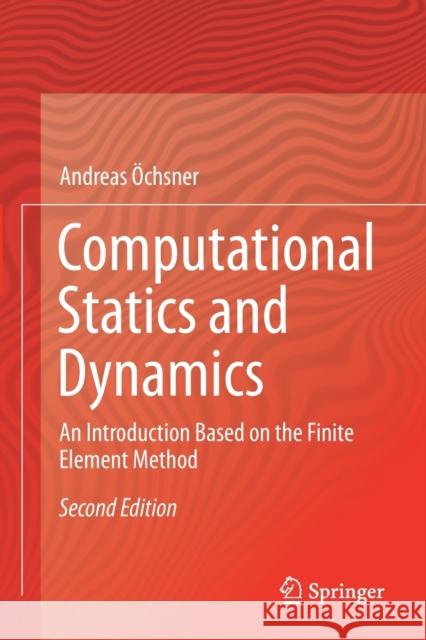Computational Statics and Dynamics: An Introduction Based on the Finite Element Method » książka
topmenu
Computational Statics and Dynamics: An Introduction Based on the Finite Element Method
ISBN-13: 9789811512803 / Angielski / Miękka / 2021 / 606 str.
Computational Statics and Dynamics: An Introduction Based on the Finite Element Method
ISBN-13: 9789811512803 / Angielski / Miękka / 2021 / 606 str.
cena 201,72
(netto: 192,11 VAT: 5%)
Najniższa cena z 30 dni: 192,74
(netto: 192,11 VAT: 5%)
Najniższa cena z 30 dni: 192,74
Termin realizacji zamówienia:
ok. 22 dni roboczych
Bez gwarancji dostawy przed świętami
ok. 22 dni roboczych
Bez gwarancji dostawy przed świętami
Darmowa dostawa!
Kategorie BISAC:
Wydawca:
Springer
Język:
Angielski
ISBN-13:
9789811512803
Rok wydania:
2021
Wydanie:
2020
Ilość stron:
606
Waga:
0.86 kg
Wymiary:
23.39 x 15.6 x 3.23
Oprawa:
Miękka
Wolumenów:
01
Dodatkowe informacje:
Wydanie ilustrowane











